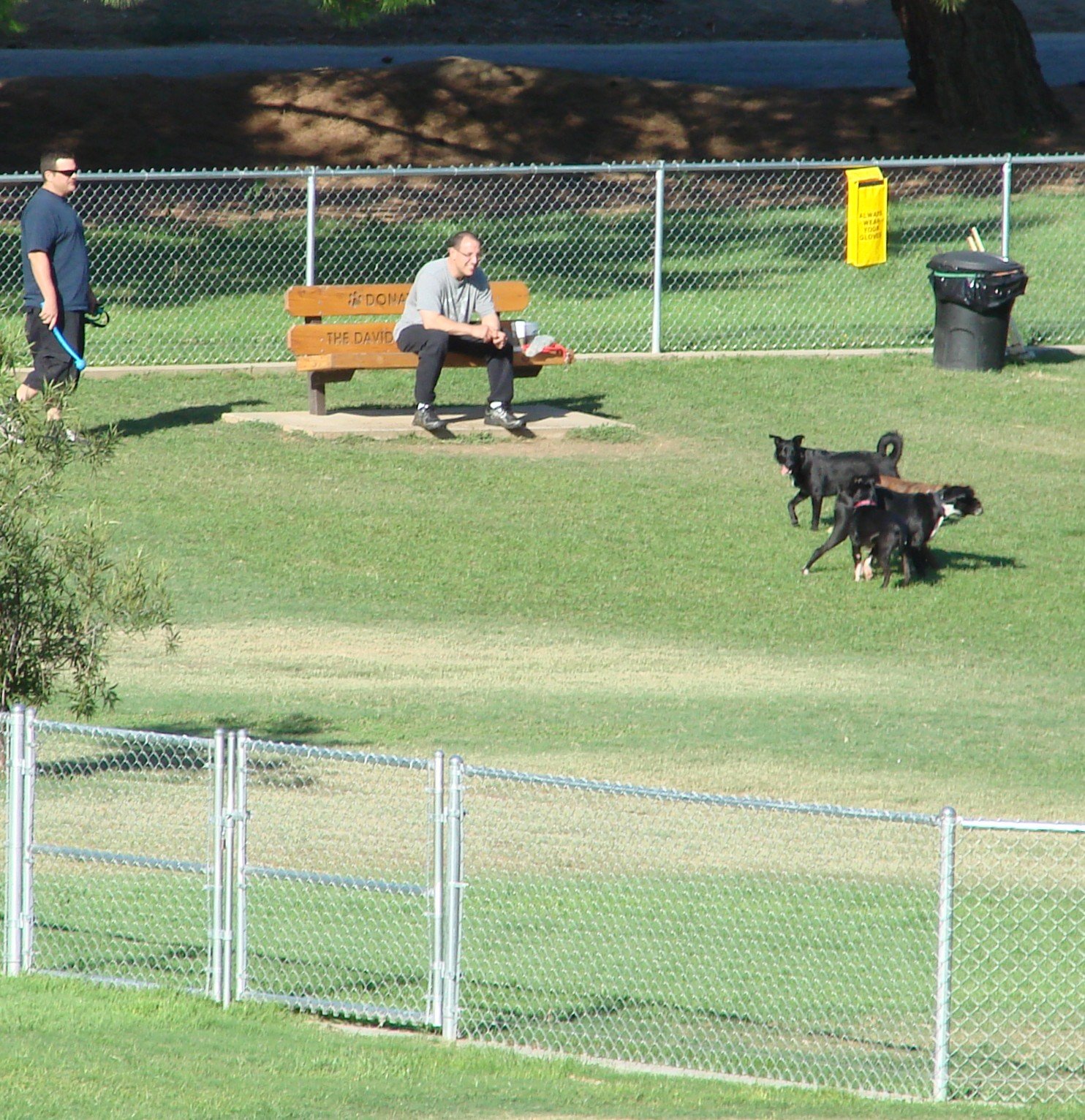Have you ever caught your dog chewing your favorite sneakers or barking at the mailman like their life depends on it? Here’s a surprising twist: what if your dog’s mischievous habits aren’t just “dog problems” but clues pointing straight to you? It’s a bit shocking, but many of the quirks we blame on our furry friends actually start with us. Sometimes, the real culprit is looking right back at us in the mirror—with a guilty smile and a handful of dog treats. Ready for a fun, revealing look at how your actions might be shaping your pup’s behavior, for better or worse? Get comfy—you might just see yourself in a whole new light!
Mirror, Mirror: How Dogs Reflect Our Energy

Dogs are surprisingly sensitive to the moods and energy of their humans. If you’re feeling stressed, rushed, or anxious, your dog is likely to pick up on it and react, sometimes in ways you don’t expect. Ever notice how your pup gets hyper when you’re excited or withdrawn when you’re upset? It’s like they have a built-in mood detector. This emotional mirroring means your dog might act out simply because you’re giving off confusing signals. For example, if you greet them with nervous energy before leaving the house, they might develop separation anxiety. Think of your dog as a living, wagging reflection of your inner world—sometimes, their so-called “bad habits” are just echoes of your own emotions.
Mixed Messages: Inconsistent Training Confuses Dogs
Dogs thrive on consistency, but humans? Not so much. One day, you laugh when your dog jumps up to greet you. The next, you scold them for doing the same thing to a guest. These mixed signals leave your dog scratching their head—figuratively, of course. Inconsistent rules make it tough for dogs to understand what’s expected. If you sometimes allow begging at the table and other times shoo them away, they’ll keep trying their luck. Imagine learning a game where the rules change every time you play. Frustrating, right? Your dog feels the same. By sticking to clear, consistent boundaries, you’ll help your dog develop good habits and drop the bad ones.
Boredom Busters: Underestimating a Dog’s Need for Stimulation
Picture this: you’re stuck in a room with nothing to do for hours. You’d get restless, maybe even a little destructive, right? Dogs are no different. When left alone without toys, walks, or mental challenges, dogs often turn to mischief—chewing furniture, digging, or barking for attention. It’s easy to mislabel these as “bad habits,” but they’re often cries for stimulation. Regular playtime, puzzle toys, and new tricks keep your dog’s mind sharp and their paws out of trouble. So, next time your dog shreds a pillow, ask yourself: have you given them enough to do today?
Treat Time Troubles: Reinforcing the Wrong Behaviors
A treat here, a belly rub there—sometimes, we accidentally reward the very behaviors we wish would go away. If your dog barks for food and you give in, guess what? They’ve learned barking equals snacks. Dogs are quick learners, especially when food’s involved. It’s easy to fall into the trap of soothing a whining pup with treats or affection, but these rewards reinforce the bad habit. Instead, try rewarding your dog when they’re calm and quiet. Over time, they’ll figure out which behaviors earn the goodies and which don’t. Remember: your timing matters more than you think!
Exercise: The Forgotten Fix for Many Bad Habits
Lack of exercise is a silent culprit behind many doggy disasters. When dogs don’t get enough physical activity, their pent-up energy finds an outlet—often in ways you don’t appreciate, like jumping, barking, or nipping. It’s like expecting a child to sit still all day with no recess. Daily walks, fetch, or agility games burn off energy and help your dog relax at home. Even a few extra minutes of play can make a world of difference. If your dog is bouncing off the walls, consider whether they’ve had enough exercise. Sometimes, the simplest solutions are the most effective.
Socialization: How Your Habits Shape Theirs

If you’re shy about introducing your dog to new people, places, or pups, your dog might develop their own social anxieties or defensive habits. Dogs learn about the world by experiencing it with you. When you avoid busy parks or shy away from meeting new dogs, your pup misses out on crucial lessons. Over time, this can lead to barking, lunging, or fear-based behaviors. Socialization isn’t just for puppies—it’s an ongoing process. The more relaxed and open you are to new experiences, the more confident and well-behaved your dog will become.
Setting Boundaries: The Importance of Clear Leadership

Every dog needs a leader they can trust. Without clear boundaries, dogs may try to take charge themselves, leading to pushy or disobedient behaviors. If you let your dog pull on the leash, jump on guests, or claim the couch as their throne, they’ll assume those roles are up for grabs. Being a leader doesn’t mean being harsh—it means setting fair, consistent rules and sticking to them. Dogs feel most secure when they know what’s expected. Think of it as being a gentle guide, not a drill sergeant. When you step up as a leader, your dog will usually step down from their role as chief mischief-maker.
Patience Pays: Why Quick Fixes Fail
It’s tempting to try shortcuts or expect instant results, but changing habits—yours and your dog’s—takes time. Frustration or impatience can make matters worse, causing your dog to act out even more. Remember, dogs don’t speak our language; they need repetition and encouragement to learn new skills. Celebrate small victories and give yourself (and your pup) plenty of grace. Sometimes, the journey to a well-behaved companion is filled with setbacks and surprises, but patience makes all the difference. In the end, the bond you build is well worth the wait.





